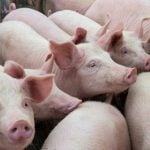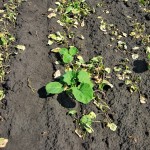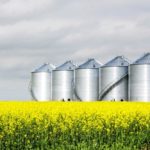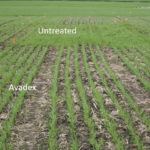Grain growers are again being urged to heed the labels on their pre-harvest pesticides and avoid going over maximum residue limits. “We’re selling our crops mostly into export, and our exports markets are very sensitive to residual levels of different crop protection products that we use,” said Alberta Wheat Commission chair Kevin Auch, who farms […] Read more













